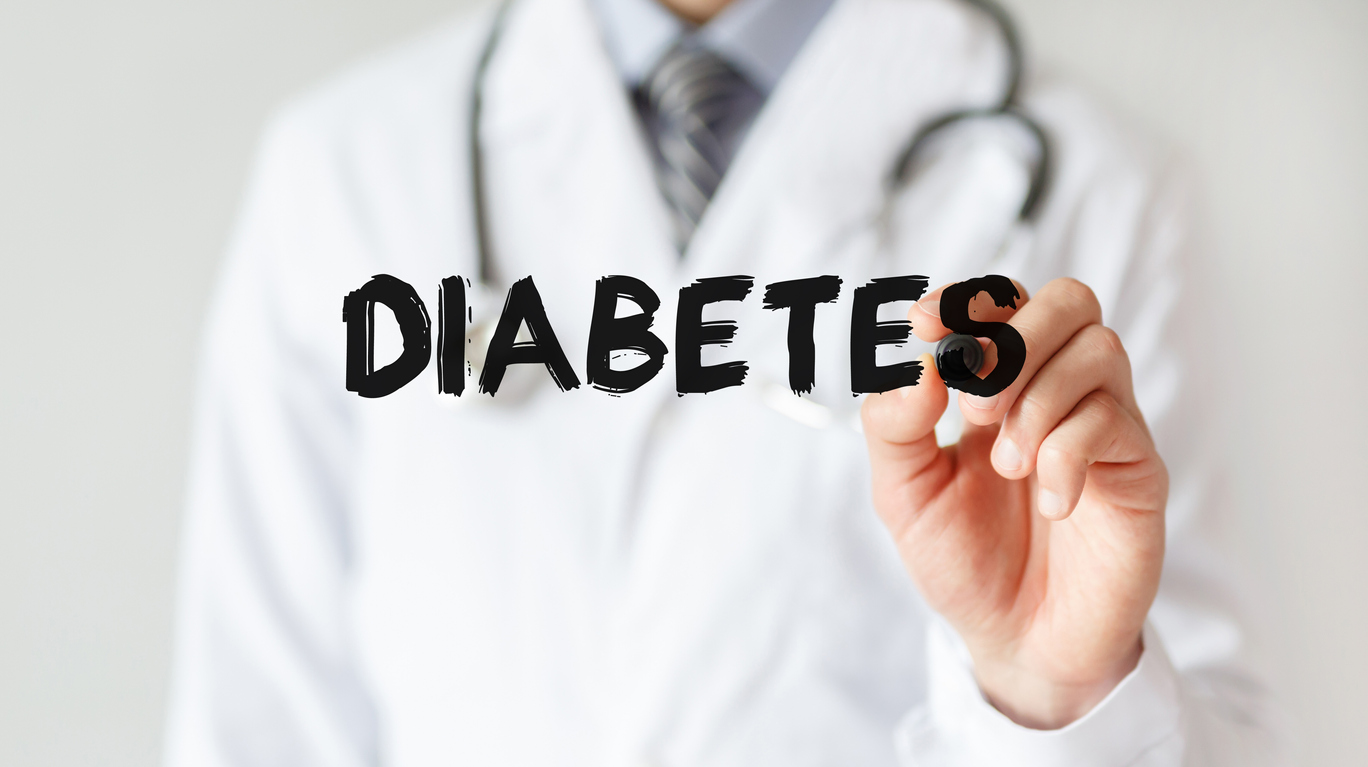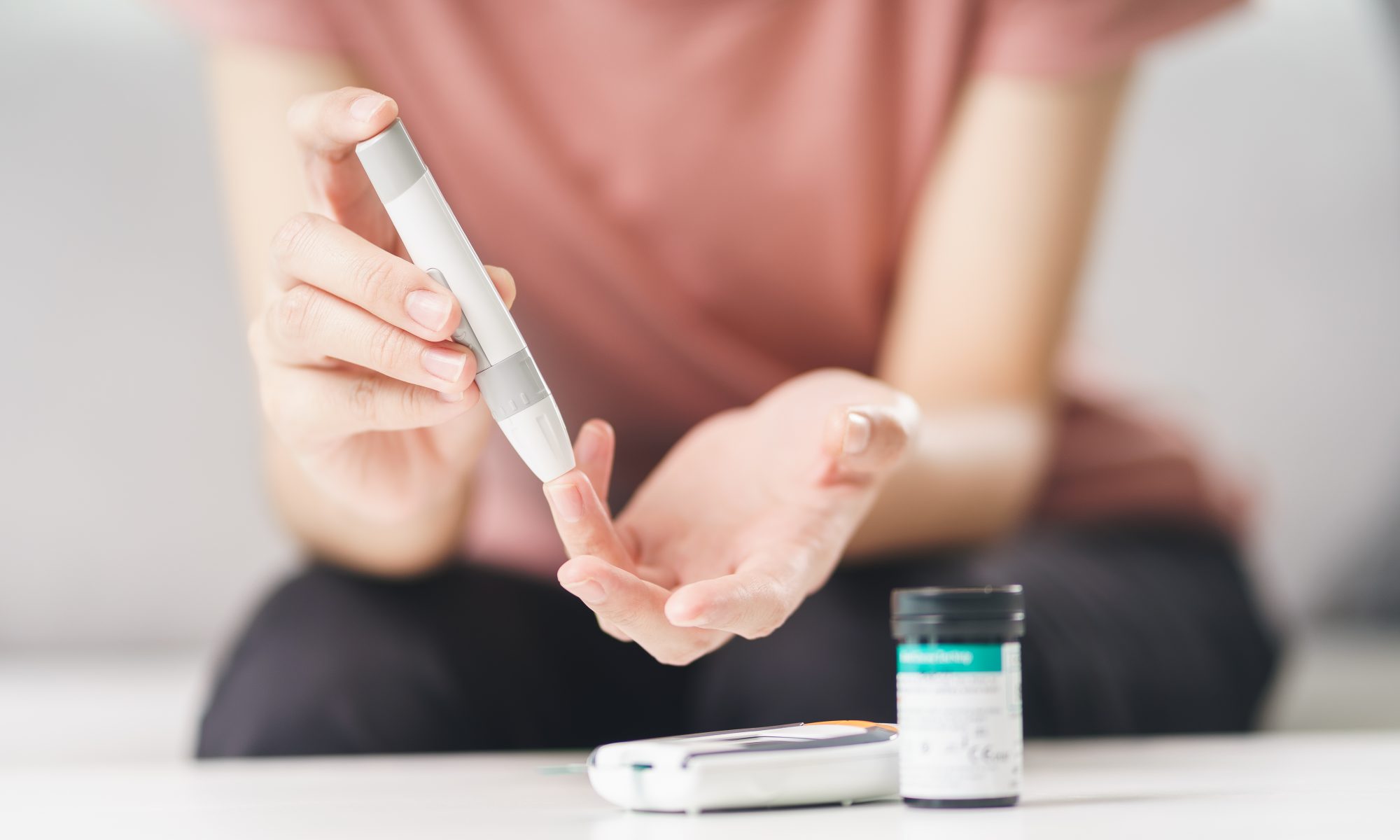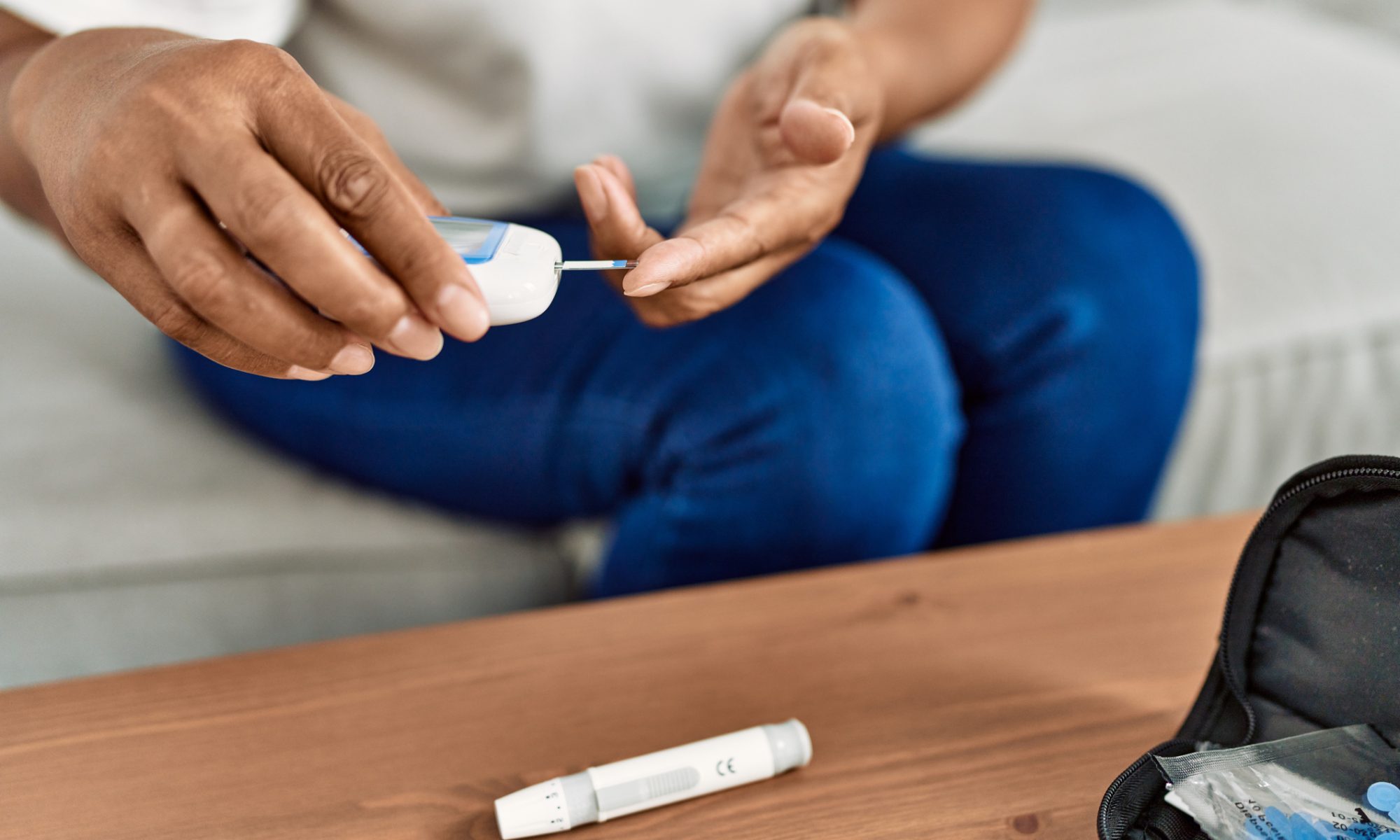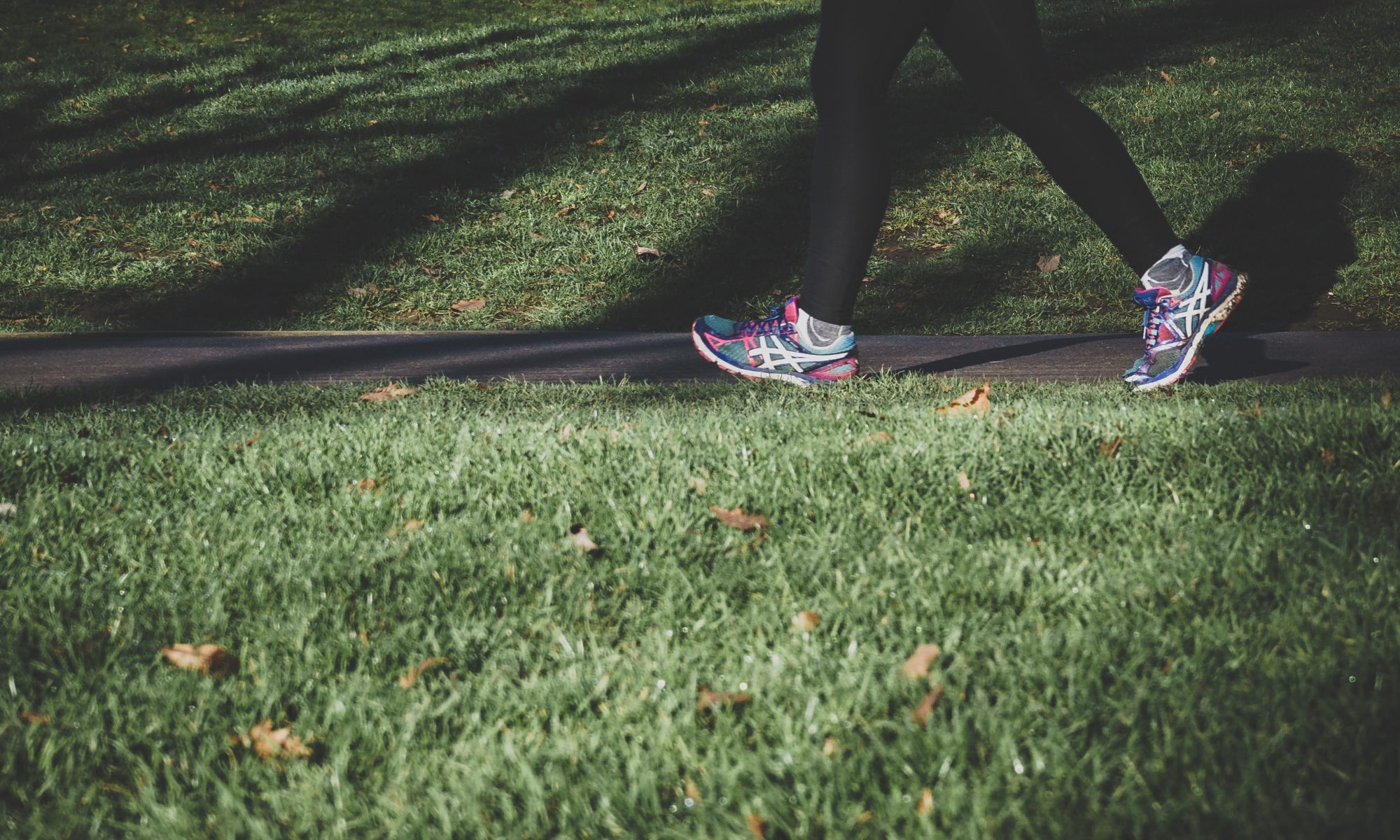By Michael Monostra
Physical activity during the morning and afternoon, but not during the evening, is associated with a lower risk for developing type 2 diabetes, according to findings published in Diabetologia.
“It is possible for the relationship between total physical activity and prospective risk for type 2 diabetes to differ by the time of day of physical activity,” Chirag J. Patel, PhD, assistant professor in the department of biomedical informatics at Harvard Medical School, told Healio. Read more in Healio.






